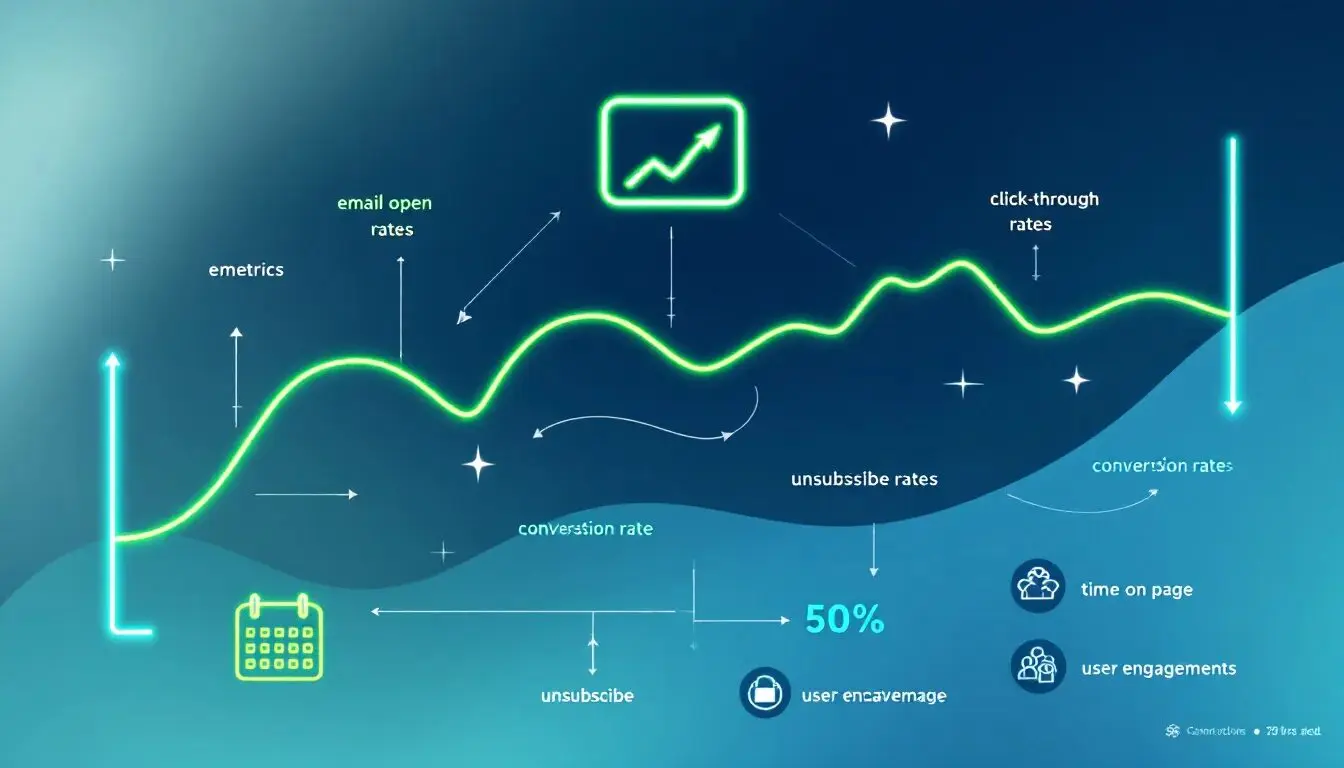
Darth Vader or Anakin? Is Your Marketing a Force for Good or Evil?
Light sabers, the Millennium Falcon, Storm Troopers in high-tech bodysuits and some awesome special effects — that’s what Star Wars fans expect from the latest installment of one of the most successful franchises in film history. No one, however, goes to see a Star Wars flick for the technology alone. It’s the human element of the stories that has always drawn people in.
We go to a Star Wars movie to see how a handful of determined good guys can ultimately triumph over an evil empire and change the universe in the process. Technological tools assist the heroes in their struggles, but it’s the human spirit — not the technology — that wins the day.
Marketing should work the same way; tech tools should help you get the job done, but they should not be the driving force behind your efforts. Yet the power and dazzle of technology can be like the Dark Side of the Force. If you’re not careful — and true to your human self — you can find yourself drawn into the technology to the point that you forget the humans you’re ultimately marketing to.
Is your marketing in tune with the Force and focused on enriching the connections between your business and your customers? Or are you engaging in Darth Vader marketing that’s more machine than man? It’s vital to keep the soul of your business alive by not relying too much on technology to drive your marketing initiatives. Here are five examples of when marketing can stray to the dark side of technology, and how you can bring yours back to the light.

1. Keyword overkill
If you do any online marketing at all (and if you don’t, you should be), you’ve almost certainly heard of keywords. These are the words on a Web page that search engines like Google look for when searching the Internet for content that fits a user’s search terms. For example, a business that sells designer handbags would want to incorporate those keywords in their online content so the search engines would know to point to the company’s web pages when an online user searches for “designer handbags.” The process of incorporating keywords into copy is called “search engine optimization” — SEO for short.
So some keywords are good for SEO. Too much can be very bad. Google disdains the practice so much, they have a term and a web page for it — keyword stuffing. Google defines keyword stuffing as “the practice of loading a webpage with keywords or numbers in an attempt to manipulate a site’s ranking in Google search result.”
From a human viewpoint, keyword stuffing is bad because it leads to boring, uninformative and unengaging copy, whether you’re writing website copy, a blog or a Tweet. Remember, you’re writing for the people who use the search engine, not for the search engine itself. People, not algorithms, buy products so it’s important for your copy to engage consumers while still grabbing the attention of the search engines.
2. Mad blasting email campaigns
Remember when the rebel forces swarmed the Death Star and bombarded it with blaster fire in an attempt to blow it up? Their efforts were failing miserably, until Luke used his human instincts — and the Force — to fire one well-placed shot in just the right spot. Email campaigns should work in exactly the same way.
Unfortunately, the same technologies that make it easy to launch an email campaign, such as online email marketing software, make it too easy to take a barrage approach to email distribution. It can be tempting to skip segmenting your campaign and simply blast an email to everyone who’s ever provided you with their email address. That path leads to the dark side.
Instead, leverage your software’s capabilities to help you create a segmented approach. Tailoring your content, offer and message to a more targeted group of prospects increases your likelihood of hitting the mark — even if it’s as small as an exhaust port on a planet-sized machine.
3. Over-designing your visuals
Although those Storm Trooper uniforms sure look sleek and spiffy, it’s hard to miss the fact that they’ve not done much to protect Imperial soldiers in any Star Wars episode ever. A few well-placed blaster shots and troopers go down every time — still looking good as they fall.
Technology makes it easy to come up with some awesome special effects for your marketing, from emails embedded with video and moving graphics to animated web pages. Of course good design is essential for all your marketing materials, but when you let the technology of what you can do override the good sense of what you should do, you’ve put your marketing message in a Storm Trooper suit.
Stick with the basics of good design: visually appealing, easy-to-understand and use, engagingly colorful yet simple. Don’t do more than you absolutely need to in order to make your content look good.
4. Pushing people away with too many links
Who can forget that romantic dance Han and Leia did in Empire? They kept pushing each other away when what they really wanted was to draw closer together. It took the crisis of almost losing each other to bring them together. If you push customers away with too many links in your online marketing copy, you might not have a handy carbon freezer around to make them realize just what you mean to each other.
Links are useful to drive people to a specific page on your website. For example, if your email is promoting a new product, you would include a link to drive readers to that product page. If you’re a non-profit asking for a donation, your email should include a link to your donation page. Too many links, however, drive readers away — in more ways than one.
First, too many links can dilute the impact of your message and decrease the amount of time users spend on the pages where you most want them; they’ll be too busy clicking through on all those links to look at the most critical content. Or, too many links may be so visually overwhelming that they turn off readers completely, and the recipient of your email closes and deletes it without reading any further.
Include only the most important links in your email and other content. Google’s guidelines for web page creation say to keep links to “a reasonable number.” We’d advise to use your eyes — if there’s more blue type in your email than black, you definitely have too many links!

5. Forgetting the inner Anakin
Is it hard to wrap your head around the idea that the adorable, spunky kid from The Phantom Menace wound up being the evil Darth Vader who tortured his own kids in A New Hope and The Empire Strikes back? Yet Anakin Skywalker ultimately still existed beneath all the technology that kept Vader alive and made him such an intimidating villain. He re-emerged in Return of the Jedi, and it was Vader’s rediscovery of his humanity that saved Luke and led to the evil Emperor’s downfall.
It was easy to dehumanize Darth Vader when he was hidden behind that black mask and high-tech suit. But when the mask came off and you saw him as Anakin again, didn’t your heart soften toward him at least a little? Or maybe a lot?
Behind all the technology that moves your marketing efforts forward, you are trying to reach real, live people. Remember, it was the human suffering of his son that caused Vader to find his inner Anakin. From emails to in-store promotions, your marketing efforts are aimed at helping your customers understand how your products and services can help them solve a problem or achieve a goal.
In the end, Luke and his cohorts succeeded by balancing light (their humanity) and dark (technology). When your marketing campaigns successfully balance the power of technology with a warm human touch, you will be the marketing world’s equivalent of a Jedi master.
Want more marketing tips and advice? Get the VerticalResponse weekly newsletter delivered to your inbox.
© 2015, Contributing Author. All rights reserved.



